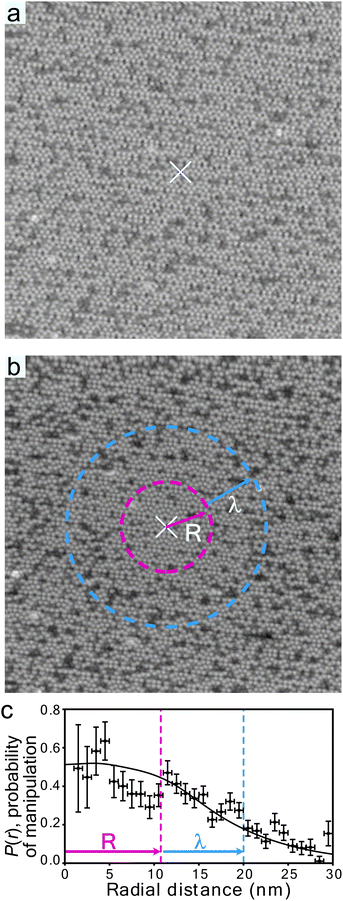2022-11-22 ノースカロライナ州立大学(NCState)
研究者たちは、発電糸の複数の設計をテストした。刺繍の縫い目の張力や曲げ伸ばしに耐えられるよう、最終的には、薄いポリウレタンコーティングを施した市販の銅線5本を一緒に使用した。そして、それをPTFEという別の素材で綿布に縫い付けた。
研究者たちは、静電気のように2つの異なる物質で交換された電子を利用する「摩擦電気効果」と呼ばれる発電方法を利用した。ポリウレタンを塗布した銅線と接触させたときの電圧と電流は、綿や絹などの他の布に比べて、PTFE布が最も高い性能を示すことが分かった。また、刺繍のサンプルをプラズマでコーティングして、効果を高めるテストも行った。
研究者たちは、デニム地にPTFE生地で刺繍を施し、モーションセンサーとしての糸をテストした。手のひら、腕の下、肘、膝に刺繍を施し、人が動いたときに発生する電気信号を追跡した。また、靴の中敷きに刺繍を施した布を貼り付けて歩数計として使用したところ、歩く、走る、跳ぶなどの動作によって電気信号が変化することを確認した。
綿の布に数字を刺繍し、PTFEの布に貼り付けて作った腕のテンキーで、糸を使ったテストを行った。人が押した数字によって、それぞれ異なる電気信号が発生することが確認されました。
<関連情報>
- https://news.ncsu.edu/2022/11/researchers-eye-embroidery-as-low-cost-solution-for-making-wearable-electronics/
- https://www.sciencedirect.com/science/article/abs/pii/S2211285522010072
柔軟性、耐久性、洗濯性に優れたトライボエレクトリック糸と刺繍によるセルフパワー型センシングとヒューマンマシンインタラクションの実現 Flexible, durable, and washable triboelectric yarn and embroidery for self-powered sensing and human-machine interaction
Yu Chen,Erdong Chen,Zihao Wang,YaliLing,Rosie Fisher,Mengjiao Li,Jacob Hart,Weilei Mu,Wei Gao,Xiaoming Tao,Bao Yang,,ong Yin
Nano Energy Available online :27 October 2022
DOI:https://doi.org/10.1016/j.nanoen.2022.107929

Abstract
The novel combination of textiles and triboelectric nanogenerators (TENGs) successfully achieves self-powered wearable electronics and sensors. However, the fabrication of Textile-based TENGs remains a great challenge due to complex fabrication processes, low production speed, high cost, poor electromechanical properties, and limited design capacities. Here, we reported a new route to develop Textile-based TENGs with a facile, low-cost, and scalable embroidery technique. 5-ply ultrathin enameled copper wires, low-cost commercial materials, were utilized as embroidery materials with dual functions of triboelectric layers and electrodes in the Textile-based TENGs. A single enameled copper wire with a diameter of 0.1 mm and a length of 30 cm can produce over 60 V of open-circuit voltage and 0.45 µA of short circuit current when in contact with polytetrafluoroethylene (PTFE) fabric at the frequency of 1.2 Hz and the peak value of contact force of 70 N. Moreover, the triboelectric performance of enameled copper wire after plasma treatment can be better than that without plasma treatment, such as the maximum instantaneous power density can reach 245 μW/m which is ∼ 1.5 times as much as the untreated wire. These novel embroidery TENGs possess outstanding triboelectric performance and super design capacities. A 5 × 5 cm2 embroidery sample can generate an open-circuit voltage of 300 V and a short circuit current of 8 μA under similar contact conditions. The wearable triboelectric embroidery can be employed in different parts of the wear. A self-powered, fully fabric-based numeric keypad was designed based on triboelectric embroidery to serve as a human-machine interface, showing good energy harvesting and signal collection capabilities. Therefore, this study opens a new generic design paradigm for textile-based TENGs that are applicable for next-generation smart wearable devices.



